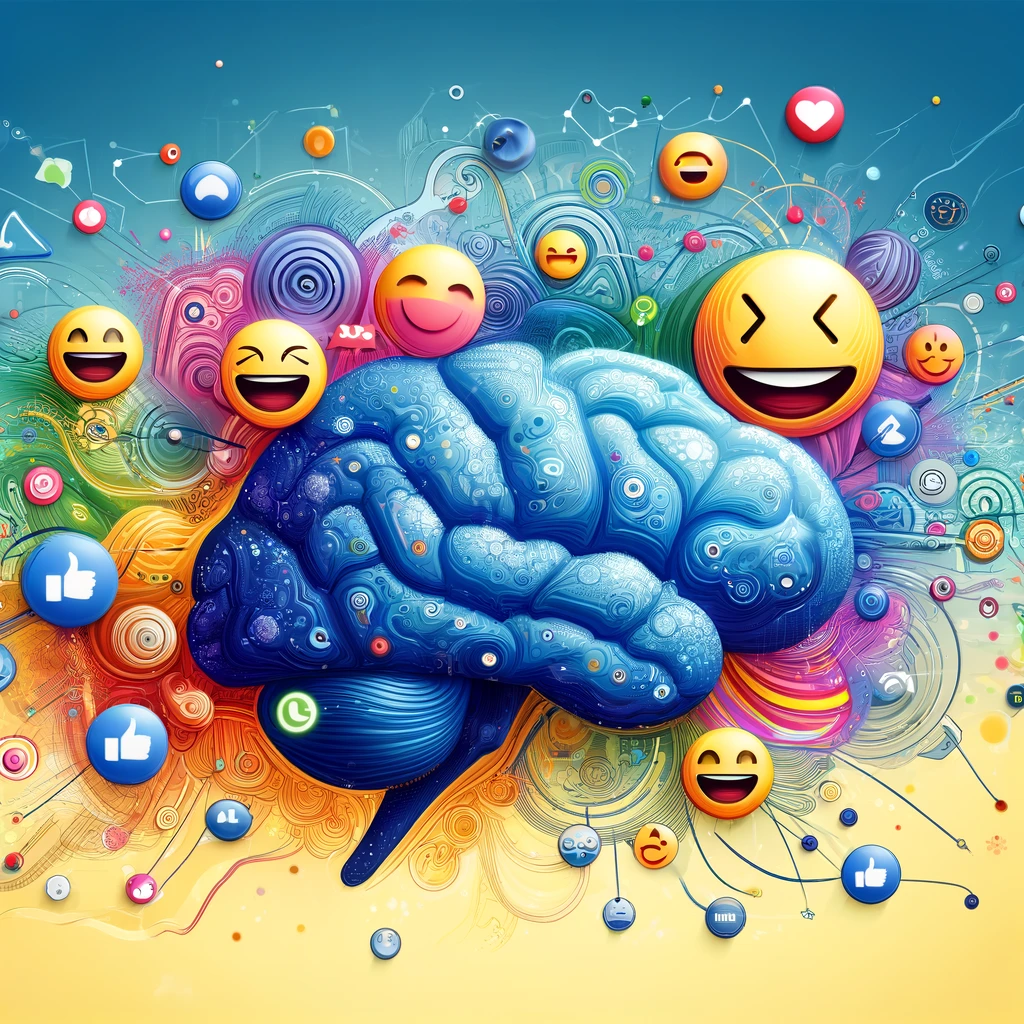The Psychology of Memes

Memes are more than just funny images or videos shared on the internet; they are a powerful form of communication that taps into the psychology of humor, social behavior, and human cognition. Understanding why memes are so effective at capturing our attention and spreading virally involves delving into the psychological mechanisms that underlie their creation, dissemination, and reception. This article explores the psychology of memes, examining what makes them resonate with us and how they influence our thoughts and behaviors.
The Role of Humor and Relatability
Humor is a fundamental component of most memes, and it plays a crucial role in their popularity. Psychological theories of humor, such as the incongruity theory, suggest that humor arises when there is a discrepancy between what we expect and what actually happens. Memes often exploit this by presenting familiar situations in unexpected or exaggerated ways, eliciting laughter through surprise and novelty.
Relatability is another key factor in the success of memes. Memes often depict everyday experiences, emotions, and social dynamics that many people find familiar. This relatability creates a sense of connection and shared understanding among those who see and share the meme. When people recognize themselves or their experiences in a meme, they are more likely to find it amusing and to share it with others, contributing to its viral spread.
Memes as Social Commentary
Beyond humor, many memes serve as a form of social commentary, offering insights or critiques on cultural, political, or social issues. This aspect of memes taps into our cognitive need to make sense of the world around us and to express our opinions about it. Memes provide a succinct and often humorous way to convey complex ideas and perspectives, making them an effective tool for social and political discourse.
The satirical nature of many memes allows them to address serious topics in a way that is accessible and engaging. By using humor to highlight the absurdities or contradictions in societal norms and behaviors, memes can provoke thought and discussion, challenging viewers to reconsider their beliefs and attitudes.
The Science of Virality
The virality of memes can be understood through the lens of social and cognitive psychology. One key concept is the idea of social contagion, which refers to the spread of behaviors, attitudes, and information through social networks. Memes are particularly well-suited to this phenomenon because they are easy to share and often evoke strong emotional responses, which increases the likelihood of sharing.
Emotional arousal plays a significant role in the spread of memes. Research has shown that content that elicits strong emotions, whether positive (such as amusement or joy) or negative (such as anger or disgust), is more likely to be shared. Memes often capitalize on this by tapping into universal emotions and experiences, creating content that resonates deeply with a wide audience.
Additionally, the use of humor and visual imagery in memes enhances their memorability. The human brain is wired to remember information that is presented in a vivid, engaging manner. By combining humor with striking visuals, memes create memorable content that sticks in our minds and encourages us to share it with others.
Memes and Group Identity
Memes also play a significant role in shaping and reinforcing group identity. Within online communities, memes can serve as a form of in-group language, creating a sense of belonging and shared culture among members. By referencing specific memes or using particular formats, individuals signal their membership in a group and their familiarity with its norms and values.
This dynamic is particularly evident in subcultures and niche communities, where memes often reflect the unique interests, humor, and perspectives of the group. The use of memes in these contexts helps to strengthen social bonds and foster a sense of community, as members share and create content that is meaningful to them.
Moreover, memes can also be used to distinguish between in-groups and out-groups, highlighting differences in knowledge, beliefs, and values. This aspect of memes can contribute to the formation of social identities and the delineation of social boundaries, as people use memes to signal their alignment with certain groups or to distance themselves from others.
Memes and Cognitive Biases
The effectiveness of memes is also influenced by various cognitive biases that shape how we perceive and process information. For example, the availability heuristic leads us to judge the likelihood of events based on how easily examples come to mind. Memes that reference recent events or trending topics are more likely to be remembered and shared because they are more salient in our minds.
The bandwagon effect, which refers to the tendency to adopt certain behaviors or beliefs because others are doing so, also plays a role in the spread of memes. When we see that a meme is being widely shared or has received many likes and comments, we are more likely to share it ourselves, reinforcing its viral spread.
Confirmation bias, the tendency to favor information that confirms our existing beliefs, can also influence our engagement with memes. Memes that align with our views or opinions are more likely to be perceived as amusing or insightful, increasing the likelihood that we will share them with others who share our perspectives.
The psychology of memes reveals the complex interplay between humor, social behavior, and cognitive processes that drive their creation and dissemination. By tapping into our need for connection, our appreciation of humor, and our cognitive biases, memes have become a powerful form of communication that shapes and reflects our cultural landscape. Understanding the psychological mechanisms behind memes not only sheds light on their appeal but also highlights their potential to influence our thoughts, behaviors, and social interactions in profound ways.